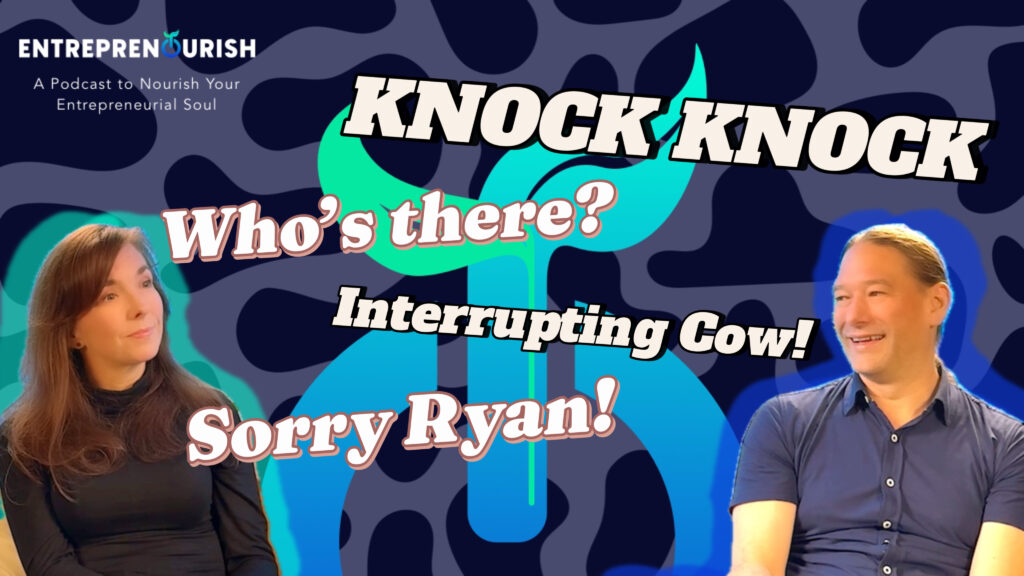Unveiling the Hidden Costs of Data Silos and Information Overload in Today’s Organizations
By Felicite Moorman, CEO of BOSS.Tech As the digital landscape continues to expand, so does the complexity of managing the vast amounts of information that flood into our organizations daily. The modern enterprise is a dynamic entity where data flows incessantly. Yet, despite this abundance, valuable insights often slip through the cracks, costing businesses dearly […]









